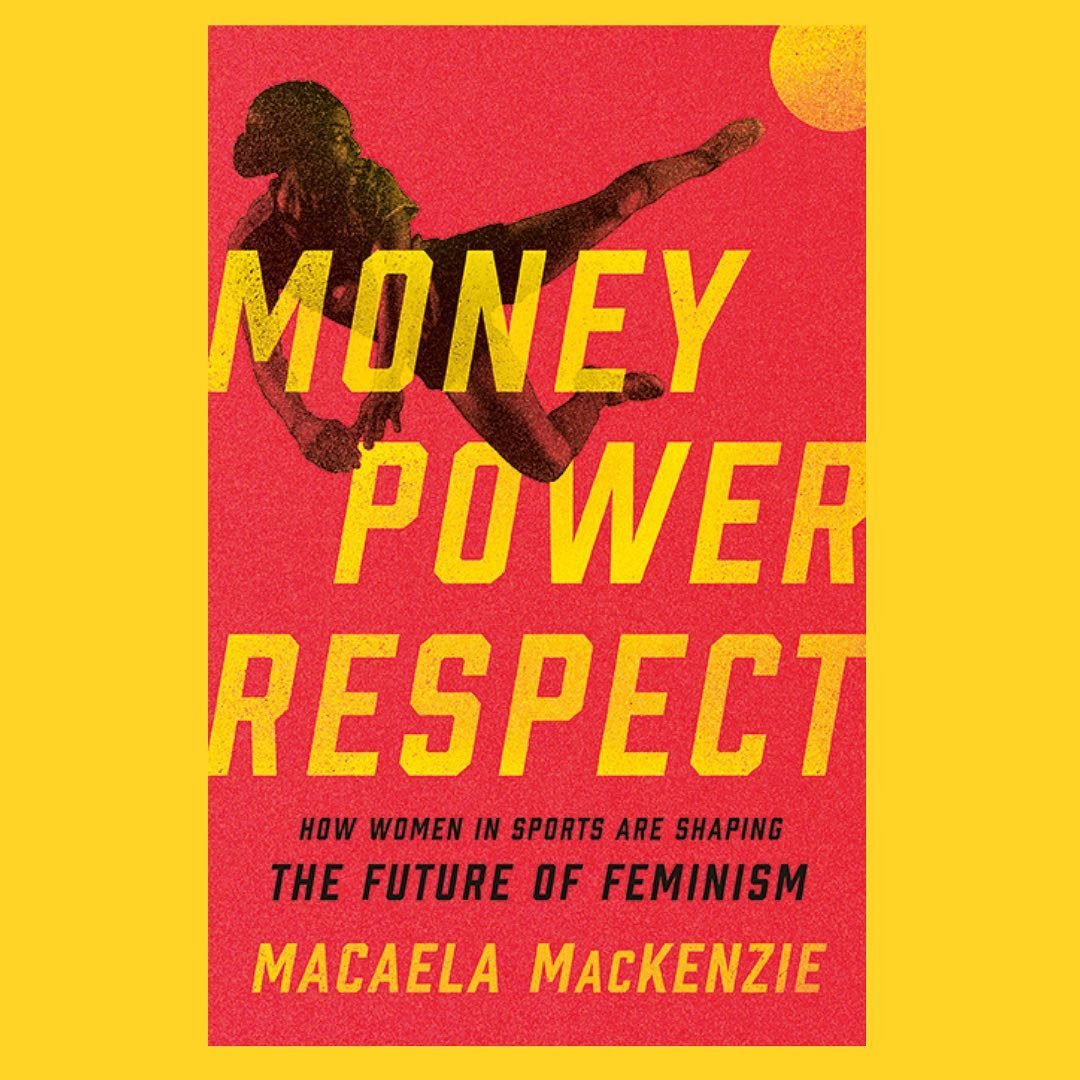The All-Too-Familiar Fight for Pay Equality
By Macaela MacKenzie
Twenty-three women set out to get a raise. They were outperforming their male colleagues — had been for years — despite unequal working conditions, lackluster promotional efforts, and performance bonuses nothing short of pathetic. They wanted more. To be paid fairly. Equally. But to those in power, equality often feels like a threat. The women were met with a firestorm of resistance. Their bosses claimed publicly that the pay gap was all in their heads, that they deserved to be paid less because their job was easier, that really, they, and not their male counterparts, were the lucky ones. They were gaslit, condescended to, told to keep quiet and simply be grateful for what they had. And through it all, they were expected to keep doing their job: winning.
By the time the twenty-three women of the US Women’s National Soccer Team (USWNT) stepped onto the field for the 2019 World Cup final, they had come to represent the ambitions and frustrations of every woman who’s ever been told she’s worth less — less money, fewer opportunities, less acknowledgment. Their fight drew a big crowd: 1.1 billion viewers globally tuned in to their World Cup run (including 22 percent more US viewers for the final match than the men’s World Cup final attracted the year prior). Politicians and celebrities from Barack Obama to Tom Brady tweeted their support. Almost overnight, the women had become global icons of gender equality. And when the team clinched the championship title, a stadium filled with fifty-nine thousand men and women spontaneously erupted into chants of “Equal Pay!”
These women had played by all the rules and succeeded. And still, they didn’t get paid.
Most women, whether they’ve ever seen a soccer game or not, know this story. They know it because they’ve lived it. Across industries, women are expected to make a living under the constant pressure that they’ll have to do more with fewer resources — and then settle for a smaller paycheck with a smile. It’s about money, but it’s also about what the money represents: power and respect. In going public with their fight for equal pay, the USWNT had touched a primal nerve. These women had done everything that was asked of them and more: They had become the best women’s soccer program in global sports history, overcoming subpar training conditions and ignoring misogynistic media coverage that downplayed their skill. They’d won a record four World Cup titles — the most in women’s soccer history — bringing glory to their country at a time when the United States’ global reputation felt especially precarious. And as a thanks, their employer hired lobbyists to argue against their case in Congress and filed embarrassing court documents arguing the women had their own biological inferiority to blame for the pay gap.
What more do women have to do to be valued equally? And why did it feel like it was up to a group of men to decide?
As Megan Rapinoe told me, “That’s bullshit.”
I first spoke to Rapinoe the morning after the team’s pay negotiations with US Soccer imploded. I was a senior editor at Glamour, profiling Rapinoe as a 2019 Woman of the Year. She had, in the span of a summer, become one of the most recognizable voices in the history of the fight for equal pay, crossing firmly from the arena of soccer fan fame into the cultural zeitgeist, becoming a pink haired, champagne-popping, Twitter-trending feminist icon. She and her teammates were fresh off their World Cup victory, which had ended in a crescendo of public support for equal pay. At the team’s victory parade in New York City, just a few days prior, there had been a palpable sense of optimism in the air. The streets were more packed than I’d ever seen them (despite it being the middle of a workday in the Financial District), filled with men and women, boys and girls, who had all shown up in starry-eyed support of their team. In a speech in front of New York’s City Hall, US Soccer’s then president Carlos Cordeiro said, “In recent months, you have raised your voices for equality. Today, on behalf of all of us at U.S. Soccer, I want to say, we hear you. We believe you. And we’re committed to doing right by you.” It felt like a turning point. But just weeks later, news broke that the negotiations between US Soccer and the women of the USWNT had fallen apart after just two days. It was a gut punch.
By this time, it was already clear that the team’s fight was much bigger than a pay dispute in soccer. But the rage so many women were feeling at this latest insult was a sign of just how closely linked the fight for women’s equality in sports was becoming to the fight for women’s equality more broadly. Women were pissed — including Rapinoe. By the time I met her and her entourage before her Woman of the Year photo shoot, she had already done the rounds on the morning shows; it was barely 10 a.m. and she’d already had to defend her value on Good Morning America, CBS This Morning, and the TODAY Show. She seemed weary. It all felt very familiar.
Excerpted from Money, Power, Respect: How Women in Sports are Shaping the Future of Feminism by Macaela MacKenzie. Copyright © 2023. Available from Seal Press, an imprint of Hachette Book Group, Inc.

